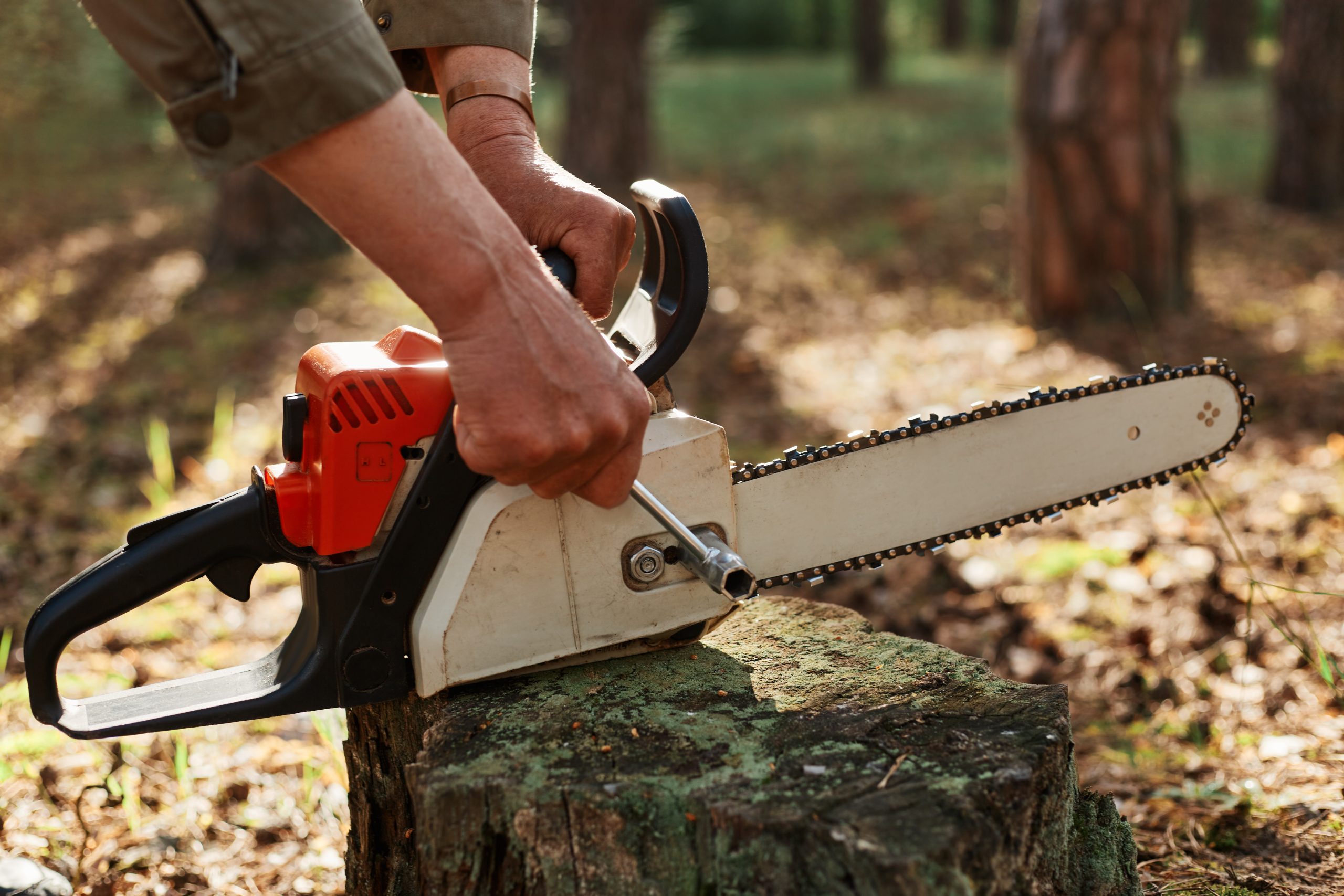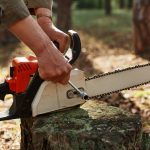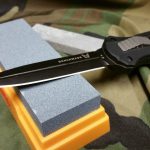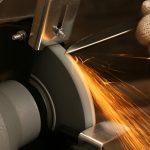Introduction: Why Sharp Chains Matter More Than Ever
For forestry professionals, efficiency and safety are non-negotiable. Every cut matters, and a dull chainsaw chain doesn’t just slow down work—it raises risks, increases fuel consumption, and accelerates equipment wear. That’s why the hunt for the best chainsaw sharpener is a priority in 2025.
The forestry industry is facing tighter schedules, rising equipment costs, and greater demand for precision cutting. As a result, loggers, arborists, and land management crews are upgrading from basic sharpening kits to advanced manual and electric chainsaw sharpeners that promise durability, accuracy, and speed.
This blog dives into the latest sharpener options, industry news, and when it might be smarter to call in a professional chainsaw sharpening service for consistent results.
What Forestry Pros Look for in the Best Chainsaw Sharpener
Forestry isn’t backyard cutting. Professionals need sharpeners that keep up with rugged daily use. Here are the main qualities pros demand:
- Durability: Heavy-duty steel or aluminum construction that survives harsh conditions.
- Accuracy: Repeatable, consistent sharpening angles that protect chain life.
- Efficiency: Quick setup and sharpening cycles to minimize downtime.
- Versatility: Compatibility with multiple chain pitches (.325″, .404″, 3/8″ low profile, etc.).
- Portability vs. Stationary: Lightweight manual tools for field sharpening, or bench-mounted grinders for shop-level maintenance.
Top Picks: The Best Chainsaw Sharpeners in 2025
1. Granberg International File-N-Joint G106-B – Precision Manual Sharpener
Often called the “gold standard” for manual sharpening, the Granberg File-N-Joint is a favorite among loggers. Built from high-quality cast aluminum and steel, it attaches directly to the bar and delivers factory-like precision on every pass.
- Pros: Lightweight, portable, no power needed, highly accurate.
- Cons: Slower than electric options; requires skill.
Perfect for: Forestry pros working off-grid or in remote locations where electricity isn’t guaranteed.
2. Oregon Bench-Mounted Mini Grinder – Fast & Reliable
When speed and consistency are critical, the Oregon Bench-Mounted Mini Grinder tops the list of electric chainsaw sharpeners. Its stable mount and angle guides make it easy to deliver razor-sharp edges quickly, even for high volumes of chains.
- Pros: Fast, consistent, powerful motor, adjustable settings.
- Cons: Needs electricity, not field-portable.
Perfect for: Forestry shops, contractors, or pros maintaining multiple chains daily.
3. Timberline Chainsaw Sharpener – Rugged and Field-Ready
Another standout is the Timberline Sharpener, a portable yet professional-grade tool. Using a carbide cutter, it locks onto the chain and allows precise sharpening at exact angles.
- Pros: Extremely precise, compact, durable.
- Cons: Higher price point; requires practice.
Perfect for: Forestry pros who want pro-level sharpness in the field without electricity.
Industry Update: Chainsaw Sharpeners in 2025
According to forestry equipment market research, the chainsaw sharpener market is growing steadily, with electric sharpeners leading demand thanks to faster turnaround and eco-friendly innovations. Forestry crews are increasingly mixing tools keeping a manual sharpener in the truck while maintaining electric grinders in the workshop for full fleet sharpening.
The latest news highlights:
- Cordless electric sharpeners are on the rise, eliminating the need for outlets.
- Forestry co-ops are investing in bulk sharpening services for large fleets.
- DIY and professional sharpening are blending—pros keep sharpeners on-site but outsource occasional precision re-grinding to services.
When to Call a Professional Chainsaw Sharpening Service
Even the best tools can’t always replace expertise. Forestry pros often outsource sharpening when:
- Multiple chains need sharpening under tight deadlines.
- Chains require re-profiling after hitting rocks or metal.
- Crews want consistent, manufacturer-level precision.
- Seasonal maintenance calls for restoring dozens of chains at once.
A professional chainsaw sharpening service ensures perfect edge angles, prolongs chain life, and minimizes downtime—an investment that often pays for itself in reduced fuel and equipment wear.
FAQs: Best Chainsaw Sharpener Questions Answered
Q1. How often should I sharpen a chainsaw used in forestry?
Typically, chains should be touched up every few hours of cutting or whenever performance drops. Forestry pros often sharpen chains multiple times per day.
Q2. Are electric chainsaw sharpeners better than manual ones?
Not always—it depends on context. Electric sharpeners are faster and consistent, while manual sharpeners are more portable and ideal for off-grid forestry work.
Q3. What’s the biggest mistake when sharpening chainsaws?
Over-filing or uneven angles. This reduces cutting efficiency and weakens the chain. Using precision tools like the Timberline or Granberg helps avoid this.
Q4. Can I sharpen chains in the field without electricity?
Yes—manual options like the Granberg File-N-Joint or Timberline are built for remote use.
Q5. Is professional sharpening worth it for forestry crews?
Yes—especially for large operations or when chains are severely damaged. Services provide factory-level precision that’s hard to match in the field.
Conclusion: Staying Sharp in 2025
For forestry pros, the best chainsaw sharpener balances durability, accuracy, and efficiency.
- The Granberg File-N-Joint remains the top manual pick for off-grid use.
- The Oregon Bench-Mounted Grinder is unbeatable for high-volume shop sharpening.
- The Timberline Sharpener offers portability with professional precision.
Combine these tools with periodic use of a professional chainsaw sharpening service to maximize chain life, reduce downtime, and keep forestry operations running at peak performance.
In 2025, staying sharp isn’t just about equipment it’s about working smarter, cutting safer, and ensuring every chain delivers.







